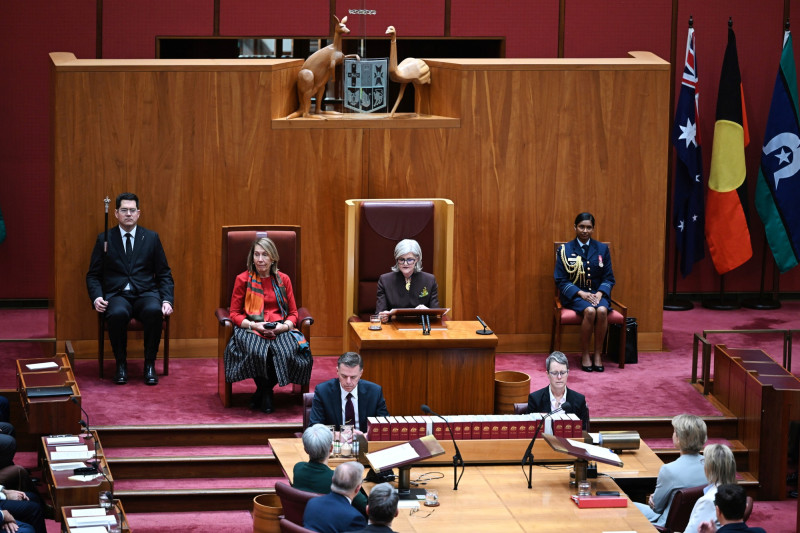Who has more power, the Prime Minister or the Governor-General?
Thank you for a very interesting question. It depends on what type of power you mean. Both the Governor-General and prime minister are leaders in our country but with separate powers and responsibilities. The prime minister certainly has more power to come up with ideas for the country.
As leader of the government, the prime minister has the power to make day-to-day decisions about how Australia is run and to shape its future. The government introduces most bills – ideas for laws – in Parliament and once these laws are passed, it is up to the executive government – prime minister and ministers – to put these laws in action.
However, once a bill passes the House of Representatives and Senate, it can only become law if it is assented to – signed – by the Governor-General on behalf of the King. In practice, the Governor-General acts on the advice of the prime minister. For example, no Governor-General has refused to sign a bill. Rather, their job is to check that the Parliament followed the Australian Constitution when it made this law.
The power of the prime minister and Governor-General is different and limited for a reason. This is to guard against the misuse of power by one person and to make sure Australia’s laws are fair.
The Governor-General delivers a speech at the opening of a new Parliament

Belinda Hogg/DPS Auspic
Description
The Governor-General gives a speech in the Senate at the opening of a new Parliament. There is a raised platform where the Governor-General sits in a large wooden chair speaking into a microphone. The President of the Senate is sitting in a high backed chair to the right of the Governor-General. Senators, members of the House of Representatives and officials sit nearby watching.
Permission should be sought from DPS AUSPIC for third-party or commercial uses of this image. To contact DPS AUSPIC email: auspic@aph.gov.au or phone: 02 6277 3342.